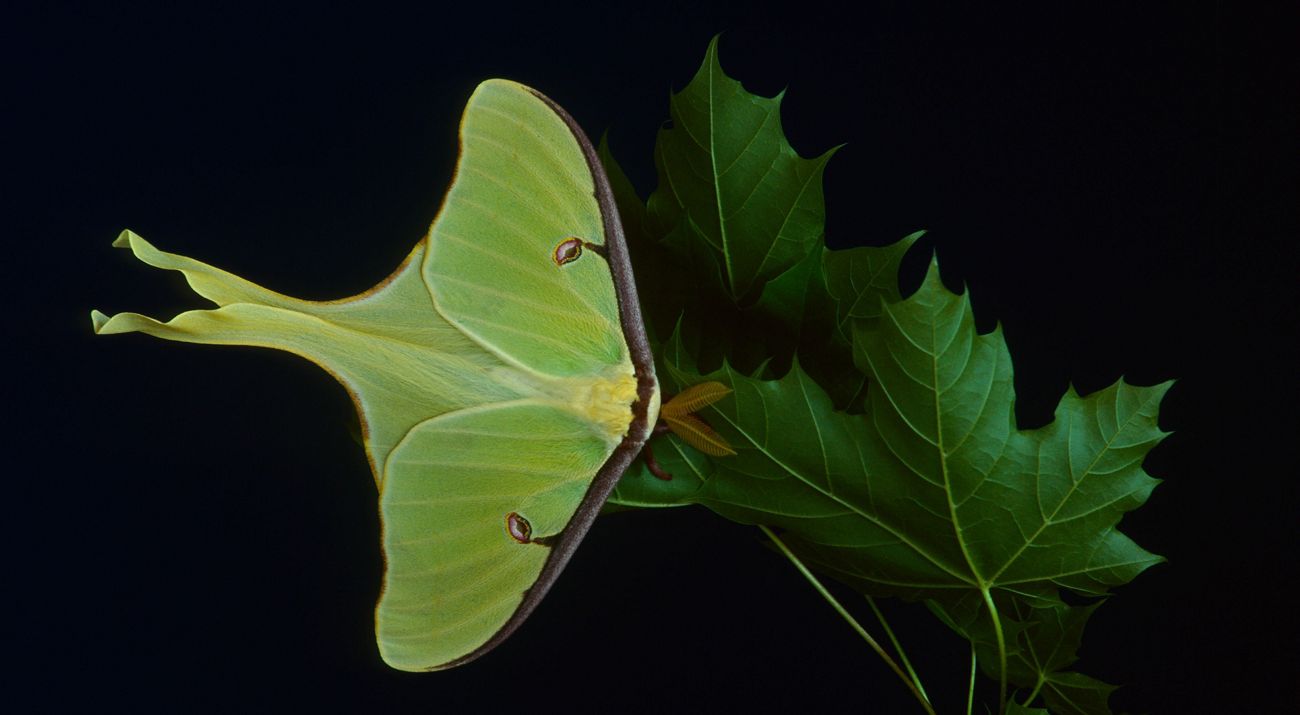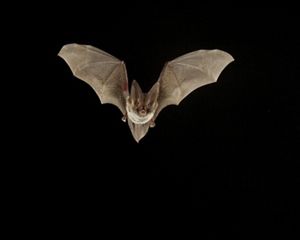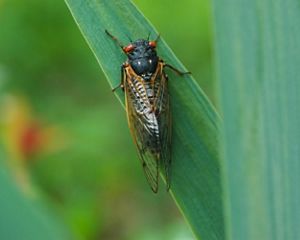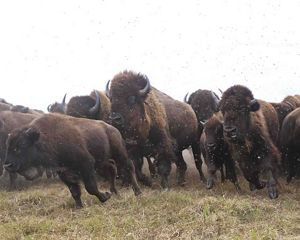Moths often take a back seat to their flashier cousin, the butterfly. Case in point: I have three friends that have a butterfly tattoo somewhere on their body but have yet to meet anyone who opted for a moth tattoo. Beautiful butterfly mobiles abound on Amazon but when I attempted shopping online for a “moth mobile” I received an error message from Google.
However, this July moths will finally have their day in the sun (sort of). National Moth Week is a global celebration of moths and biodiversity that is taking place July 22-30. Take that, butterflies—you guys only have a day!
But why moths? Moths are among the most diverse and successful organisms on earth. In fact, scientists estimate there are more than 150,000 moth species worldwide! Move over butterflies, moths come in bright colors and dazzling patterns. Species can take a myriad of shapes and can be as small as a pinhead to as large as an adult’s hand.
In honor of National Moth Week, here are five awesome (and often little-known) facts about these winged wonders.
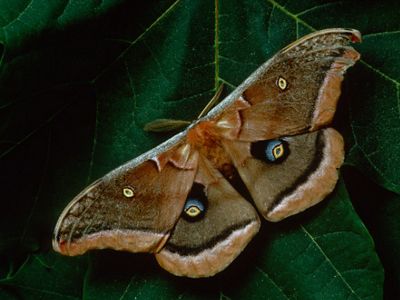
1. Some moths don’t have mouths
For example, the beautiful Luna moth does not have a mouth—so cannot eat—and will live only for about one week, with the singular purpose of mating!
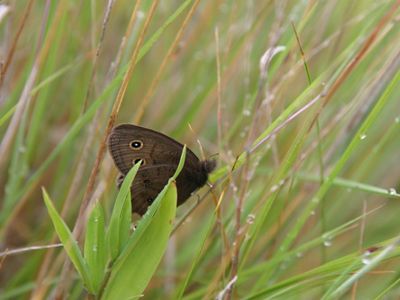
2. Moths are great impersonators
Many moths have evolved to imitate other animals as a way to deter would-be predators. The Polyphemus moth has bold eyespots to startle and confuse those looking for a moth snack. The hornet moth looks just like a hornet, but is completely harmless. My personal favorite: The beautiful wood nymph, a moth that has evolved to look just like bird poop.
Want to help pollinators?
Learn about the importance of pollinators like moths and how you can help.
Get Involved3. Moths love a good microbrew
Interested in trying your hand at mothing? Nothing attracts these guys like beer. A tip from our scientists: Mix a paste of beer, brown sugar and banana. Paint it on some trees, kick back and relax, then check back in the evening with your flashlight to see the multitude of moths you’re sure to attract.
4. Moths can turn bears into tigers
We’re all familiar with wooly bear caterpillars—but did you know this bear can turn into a tiger? Yep, the wooly bear emerges from his cocoon in the spring as a lovely Isabella tiger moth. Fun fact: Once a cocoon is spun, the caterpillar turns into a mushy soup during metamorphosis before emerging as a moth.
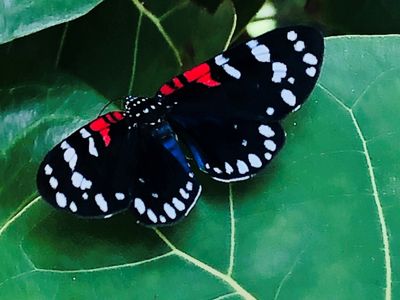
5. The death’s-head hawk moth has a serious claim to fame
He got his start in Bram Stoker’s Dracula, then went on to leading roles in both The Silence of the Lambs and The Mothman Prophecies. This famous moth gets its name from the scull-shaped pattern on the thorax, and has the unusual ability to emit loud squeaks when irritated.

Stay connected for the latest news from nature.
Get global conservation stories, news and local opportunities near you. Check out a sample Nature News email
